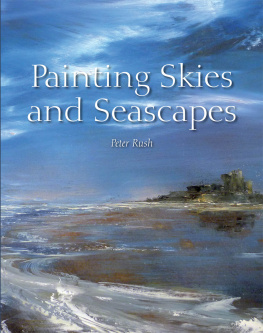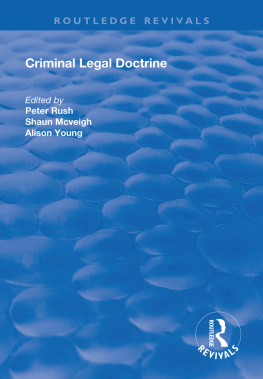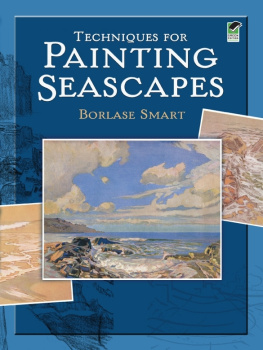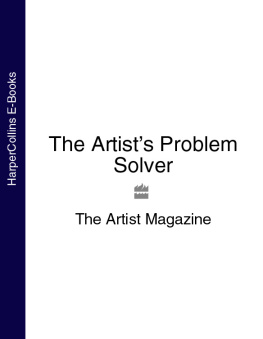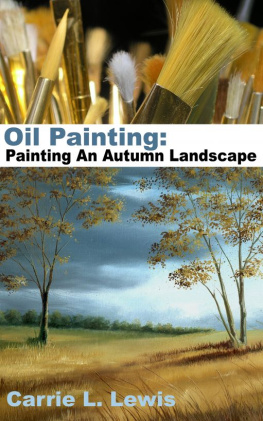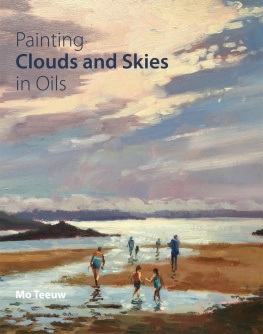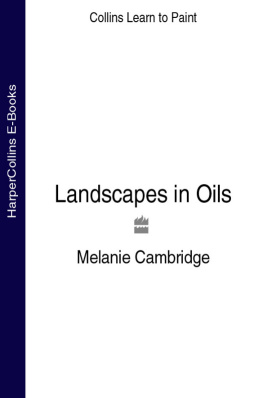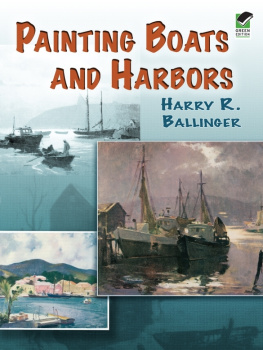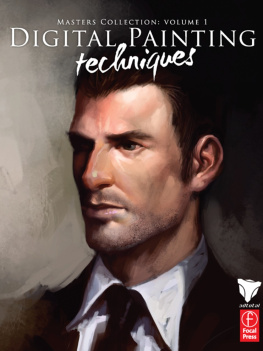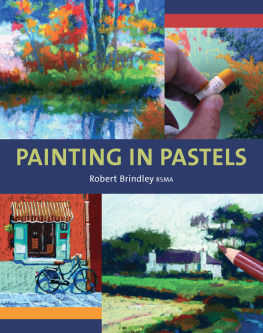Painting Skies and Seascapes
Peter Rush

THE CROWOOD PRESS
First published in 2014 by
The Crowood Press Ltd
Ramsbury, Marlborough
Wiltshire SN8 2HR
www.crowood.com
This e-book first published in 2014
Peter Rush 2014
All rights reserved. No part of this publication may be reproduced or transmitted in any form or by any means, electronic or mechanical, including photocopy, recording, or any information storage and retrieval system, without permission in writing from the publishers.
British Library Cataloguing-in-Publication Data
A catalogue record for this book is available from the British Library.
ISBN 978 1 84797 622 2
All illustrations by the author, except where otherwise credited.
CONTENTS



CHAPTER 1

INTRODUCTION
My first reliable memory is of lying in bed and watching distant clouds silently sliding toward a group of winter trees and wondering if they would tangle in the spiky branches as they went over. I must have been about four, and I have watched them ever since.
My family say that I drive like a senior citizen; I am, but the real reason I drive slowly is that I can keep an eye on the sky ahead without endangering passengers or others. On a liner going into a force nine gale I was politely asked by a member of the crew to come inside from where I had been hanging on at the prow.
A little studio I once had was at the top of a hill looking directly into the West. Many evenings we would down tools and take our chairs for the Ever-Different Sunset Show. Whistling and clapping following the last sliver of sunlight.
It is not only the visually spectacular skies that enthral me, but the knowledge that they are quite indifferent to us, having monumental business of their own elsewhere. I have never failed to be amazed at the ever-changing, never-repeating, endless moods of weather.
There are also endlessly different approaches in trying to capture the energy and drama of the sky and the sea. The following pages are not written to persuade that one way is better than another: my job, as I see it, is to lay out clearly and concisely the techniques and methods I have devised or come across, and this I do gladly.
As I cannot know where the reader is in his or her experience as a painter I can only detail my method and approach, and let the reader use them as possible stepping stones. Whether you choose to follow my directions step by step or not is your choice, but you must always be very aware of what is happening in your own painting.
Perhaps the most difficult thing to look at is the idea that painting and drawing are like other skills that can be learned, step by step, from an experienced practitioner. I do not believe that they can. In painting, it is only ourselves who can attempt to orchestrate our own development. Who would want it any other way?
Learning to paint is rather like learning to sing. A good teacher will help us find our own voice. To imitate another because we wanted to be able to sing like them would surely be quite painful. Sooner or later it would become apparent that this is what we had been doing, and we would arrive at a cul-de-sac. A seasoned teacher, I have seen that people learn best from observing in action someone whom-they respect, and that their own interest in what is happening will select and retain the information that will be the most useful to them. This is preferable to following prescribed guidelines.
I have taught in the Near and Far East, where European painting and drawing have had a huge influence: this has led to much copying and imitating as a way of learning. Many artists there have become very good at such imitation and it has no doubt helped them to earn a living but it poses the question Where do you go from here?
Looking and listening to others lets you see how another person has set about relaying images that have meant a great deal to them.
So, not a bad starting point would be to put on hold everything with which we may have forearmed ourselves in the way of dos and donts and start with a relatively clean slate. Just trust that anything that we need to know we will recognize when we come across it.

Peter Rush.
Featured Artists
When I was first asked by Crowood to write a book on painting seas and skies I was delighted, of course. There wouldnt be a problem. How could there be? Hadnt I been an artist for sixty years, man and boy? I must have learned something in all that time that would be worth passing on. But, and not for the first time, I was pulled up short after walking straight into great pockets of ignorance when it came to writing about mediums that I thought I was familiar with but hadnt actually used that much.
Pen and ink drawing and working with coloured inks I was happy about, as I had used them in my forty years as an illustrator; and oil painting I had always done. It was in trying to tackle pastels, watercolour and acrylics that I became unstuck. I took classes in pastel drawing in an effort to bridge the void but I couldnt escape that, much as I respected these mediums, I really didnt have the feel for them.
Rather than irritate the artists who had spent their lives working with them, I asked around, looking for accomplished artists in these mediums who also loved painting seas and skies. It is therefore with great pleasure that I am able to include the work of several other talented artists in this book.
Their sailing and walking interests must help explain why the work of these artists has such a quiet, natural authority, and I am delighted to share these pages with them.
Ros Harvey
Ros Harvey works in the north of Ireland (though not Northern Ireland). Her paintings speak for themselves but she has also written articulately about her method and approach. One of its outstanding aspects, to my mind, is its honesty.
All the seeming oddness and awkwardness of Nature and of the weather, she has recorded faithfully and unflinchingly. It is rare, in my experience, to find a painter who doesnt tidy up as they go along, trimming it here, modifying it there. Another in this mould was Joan Eardley, who worked in Glasgow and the wild east coast of Scotland.

Ros Harvey, Wild Wave. 36 49cm. Pastel.
This is a choppy evening on our strand. I love the back-lighting and the hazy sun. I call it wild because it was unexpected. Its relatives had just flopped and skittered in with no breaking power.
Cathy Veale
Cathy Veale is another fine painter of seas and skies. She works in watercolour and has a unique feel for her subject matter. This has resulted in beautiful sea/sky paintings and a very open and articulate account of how she works. I know of no other painter who so uncannily captures watery transparency and the surface tension of ripples on a near-motionless sea.

